|
The first recording of the National Anthem of Trinidad and Tobago 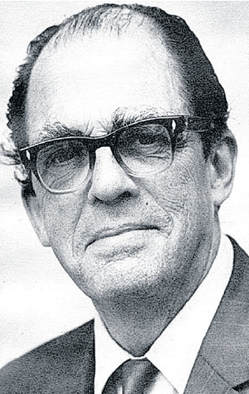 Castagne led an amazing life and was a prolific composer though not one whose other work is appreciated as much these days. Born in Guyana, he spent his formative years in Trinidad and at times he spent substantial parts of his career in England, Canada, Barbados, even the United States. He was a prolific composer of a number of different styles of music. He grew up in Woodbrook and joined the government Customs office in September of 1939, but with World War II joined the Army and stayed for eight years. He started as a private and by the time he left was a captain, married with three children. For a time, he moved the family to Canada but his wife disliked the long and cold winters so they moved back after a couple of years. Castagne worked for Radio Trinidad from 1949 to 1952. He was first a script writer, then a programme administrator and finally the station manager. He was very proud that while there he pushed through a provision that calypsonians got paid for the live broadcasts. He later worked for Angostura until 1960 when he went to England. During this time, he was very involved with music. He had a combo called the Crazy Kats with Syl Dopson and played guitar for La Petite Musicale. He was also very involved with Carnival, Carnival Queen shows and the scripting and staging of Dimanche Gras. Castagne’s first song, Kiss Me for Christmas, which was written in 1949 and recorded by Dot Evans, was dedicated to his wife. It has a long history of being covered and is still a popular choice on the radio during the Christmas season. During the height of the calypso craze he wrote Dance the Calypso which boldly stated, “No mo Rock and Roll/Now de Calypso got control.” Castagne was a noted critic of “pseudo-calypso” in the US and warned against it being performed in a plodding 4/4 beat rather than in the original rhythm. With the plan for the West Indian Federation, he found another topic for a song. He recounted to Errol Sitahal in a Banyan Archive interview, “As soon as they started to talk about the Federation site, I knew I wanted to get involved in writing a national song. I didn’t think in terms of the anthem… The words took me a long time, two years. I knew what I wanted to say, the sentiment I wanted to get across.” It was submitted as a Song for Federation and his song was picked as one of two from Trinidad. When the Federation collapsed, he shelved the song. When things were moving toward T&T’s Independence, Castagne was based in London working for the High Commission. When he learned about a competition for the anthem, he took his song off the shelf and revamped the lyrics to focus on the country’s independence rather than as part of a number of federated states. The most notable change was “forged from the depth of slavery” becoming “forged from the love of liberty.” One of his greatest successes was writing a calypso many hold up as a classic and it happened quite by chance. He recalled in the same Banyan interview how he came to write The Iceman for Lord Melody. “There was a guy in Port-of-Spain selling ice shouting, ‘Ice Ice’.” Castagne liked the phrase and singing it when he came home that night. His wife told him he had a good start of a calypso so he would start to notice the calls from other street vendors. He took it to Lord Melody and the tune turned out to be one of Melody’s biggest hits. He also wrote calypsoes for Lord Cristo, a Christmas calypso for the March of Dimes Quartet and the Dixieland Steel Orchestra recorded his piece Treasure Island on their first album. He and Freddie Kissoon worked on King Kobo, an unfinished musical. While working as the Public Relations Officer for the High Commission in London, Castagne wrote a number of cricket calypsoes during this time and also worked with BBC radio. After several years in London, Castagne moved to Barbados and for 16 years ran an advertising business. He personally wrote a lot of jingles that proved quite successful. He did a couple Carib Beer commercials including one sung by Relator. Finding recording studios to be better in Trinidad, he was known to fly over on the weekend for his jingle sessions. When he was there, he also wrote Barbados, I Love You and Let’s Join Hands when Rotary had an event to have a human chain holding hands around Barbados. In all, he is reported to have written over 150 songs besides numerous jingles but only a handful were recorded. He never pretended he could sing but had a good hand at composing he thinks in part because he had a very vivid mind. Castagne had a penchant for love ballads, holiday and special events songs—he said he thought he was the only one to write a song about a mother’s birthday! Patrick Castagne was well celebrated in his lifetime first receiving on MBE in 1962 from the Queen and the Chaconia Gold by Trinidad’s government in 1994 which cited both his contribution in music and in social volunteer work. We celebrate him today noting that whatever troubles the country may face may we aspire to his credo, “Here every creed and race, Find an equal place, And may God bless our nation” YOUTUBE ON CASTAGNE Kelwyn Hutcheon - Kiss Me For Christmas https://www.youtube.com/watch?v=NuYJJOoEx20 Valerie Sheppard - Kiss Me For Christmas https://www.youtube.com/watch?v=pImpRpWcYeY First Recording of The National Anthem of Trinidad And Tobago as rendered by Mr. Garth Gibbs. https://www.youtube.com/watch?v=gL1XAKUtp5o B-A-R-B-A-D-O-S I Love You - Lord Sivers & The Fantasies with The Tropical Islanders and Phil Britto https://www.youtube.com/watch?v=2XnmehHAmEs The Woodpeckers - “Woodpeckers Xmas Party” https://www.youtube.com/watch?v=kRIFuMyWo-k Jolly Boys, “Nimble Like Kimble” https://www.youtube.com/watch?v=fVyEJahx1-8 Juliet Eckel,The Spirit of Christmas https://www.youtube.com/watch?v=VpnagIUc8OM BIBLIOGRAPHY Play Trinidad’s Sensational Calypso Dance: Basic Steps of the Intriguing “calypso” Illustrated and Fully Explained in a Manner that Makes it Easy for Dancers from Nine to Ninety to Do this Colorful Dance, B. W. I. Guardian Commercial Printery, 10 pages, 1957 Patrick Castagne, This is Calypso, Music Journal XV (January 1958), 32-33ff. and Chronicle of the West India Committee, London. Vol. 77, No. 1377, Oct. 1962. p. 518-519. illus INDEX of COMPOSITIONS An Orchid for You Barbados I Love You Breakfast In Bed Caribbean Sunset Dance the Calypso Danger Man The Fugitive Going Well, Happy Birthday, Mom Happy New Year Hi-Voltage I Want a Hula Hula Girl I Want To Love You The Iceman Kiss Me For Christmas Little Shepherd Boy Lucilla Millie the Macaw From Guyana Nimble Like Kimble Oh Loving God Polly Carr Rejoice It is Christmas The Sky-Jackers (Calling Habana) Treasure Island The Trinidad & Tobago National Anthem Woodpeckers Xmas Party
1 Comment
 SEVENTEEN-YEAR-OLD Jesse Ramkalawan had a difficult time choosing only eight subjects to write for the Caribbean Secondary Education Certificate (CSEC). Unwilling to sacrifice a single subject she loved, she decided to do the 11 subjects for which she had been studying and earned 11 distinctions this year. “These were subjects that I loved a lot, and I did not want to drop any. All the subjects I did, I had a lot of fun doing,” Ramkalawan said when asked why she did so many subjects. “I was not expecting to do so well. I am really thankful to everyone who helped me.” The 11 subjects the St Augustine Girls High School (SAGHS) student did were mathematics, English A, English B (literature), physics, chemistry, biology, additional mathematics, information technology (IT), French, Spanish and technical drawings (TD). Ramkalawan did ten subjects this year and TD last year when she was in Form Four. She stuck to a strict study routine months before the May/June exams. Studying two subjects every night, Ramkalawan said she was quickly able to get through the school’s syllabus. “I only went to lessons for add maths and physics. I rested before I studied so I would not be tired. There were a lot of late nights, but I love to study. Since I started high school I was really serious with my work,” she said. Ramkalawan said she did not think that 11 subjects were too many for her to do because three of the subjects, literature, Spanish and French, she considered to be more hobbies than actual work. Unsure of her career path, Ramkalawan said she is just doing subjects that she loves until she figures it out. However, she said she loves physics and often thinks about working in NASA or being a nuclear physicist or becoming a software engineer. Balance was another secret to Ramkalawan’s success. She participated in many extra-curricular activities both inside and outside of school. She was the president of SAGHS’ TTPCA (TT Prevention of Cruelty to Animals), she took part in the Astro Club, a junior division of the Astronomy Society, and participated in invention competitions with the National Institute of Higher Education, Research, Science and Technology. Ramkalawan said all her teachers, both at school and lessons, were “amazing” and helped her with her exams. Source: Rachael Amanda Espinet Cnews Message from Senator The Honourable Clarence Rambharat: I am happy to say that the Environmental Management Authority (EMA) has agreed to give priority to my request for the Scarlet Ibis to be declared an Environmentally Sensitive Species (ESS) under the Environmentally Sensitive Species Rules and for the Caroni Bird Sanctuary to be declared an Environmentally Sensitive Area in accordance with Environmentally Sensitive Area Rules. The mandatory 30-day period for public consultation will be announced shortly. In line with what I said needs to be done, once declared an ESS, the fine for poaching the Scarlet Ibis would be $100,000 - that is one hundred times the existing fine - with the possibility of up to 2 years imprisonment. (Photo credit: Looptt.com)
Credit :Angelo Bissessarsingh
Providence Estate was founded around 1770 by Sir William Young, at one time Governor of Tobago and Commissioner of Lands in Tobago and Grenada. The three hundred odd acres outside the tiny hamlet of Les Couteaux in the Main Ridge. Young died in a duel in 1777 with neighbouring landowner Peter Franklyn (reputedly over a slave woman) and the estate along with others passed to his son. The property remained in the Young family until the early 20th century. The estate boasted a fine water mill and a magnificent aqueduct, both of which might still exist. The old great house,seen here shortly before its demolition was made of wood and shingle on a foundation of coral limestone and ballast bricks, it stood until 1994 when it was demolished, having fallen into grave disrepair. Copy of an Old Vintage Postcard circa 1910s showing Trolleys being loaded with pitch onto the Pitch Lake Railway in La Brea, south Trinidad. Source: Virtual Museum of T&T
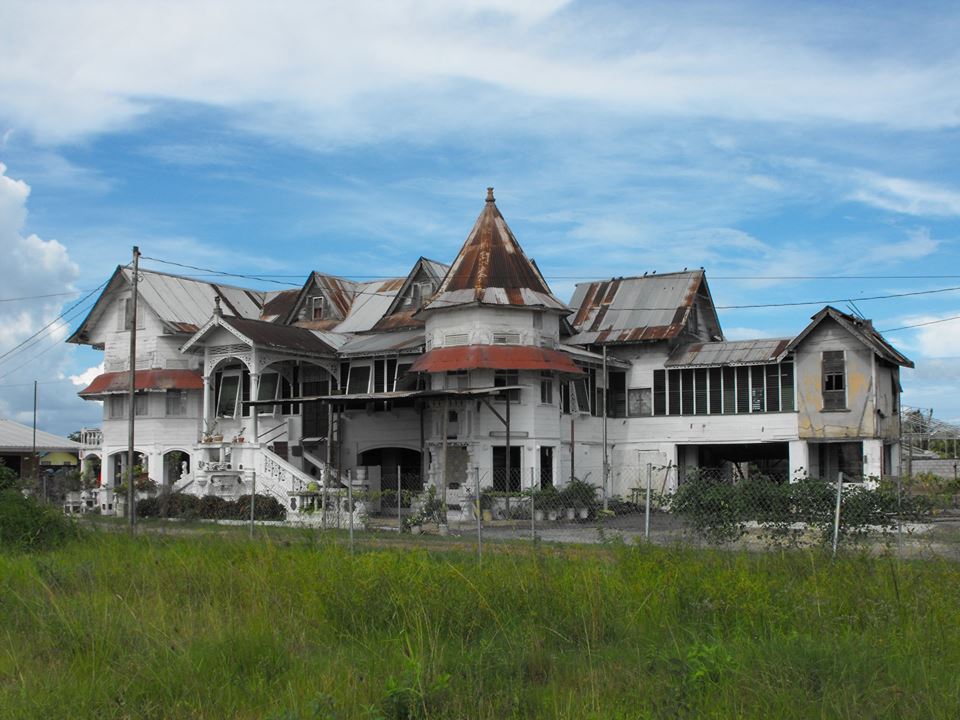 Angelo Bissessarsingh (August 9th, 2010) McLeod House, Chase Village, Trinidad. Perhaps one of the most magnificent building of its time was built by W.J McLeod around 1868 (a bell cast for the house , and its custom crockery/silverware bear this date). His son, Norman, was an officer in the British East India regiment, serving in both WWI and WWII. Norman converted to Hindusim, and redecorated his house with concrete facades depicting many Indian motifs, including an eerie mandir under the house itself. Norman became convinced that the daughter of his yard -boy, Sita, was the reincarnation of his dead mother. He died in 1965, leaving the house to the yard-boy’s family, who have done away with the gardens , but have preserved the immense treasure of furniture and priceless artifacts within. P.S. This historic treasure was demolished in 2012. Here is some more information about the house published in the Guardian: A few weeks ago, the country lost one of its most valuable architectural treasures. For generations, the magnificent Friendship Hall Great House stood astride the Southern Main Road, just north of St Mary’s Junction in Freeport and reminded us of an era long gone. Not only was the structure imposing in its sheer size, but also for its eccentric style and the story it bore. Constructed in the 19th century, it was initially a prime example of colonial plantocracy architecture which far outshone the less substantial planters’ residences which dotted the sugar cane fields of central Trinidad. Its owner was an eccentric Scotsman named Norman McLeod who had served as an officer in the British East Indian Regiment in the early 1900s. Whilst in India he apparently underwent a conversion to Hinduism and upon his return to Trinidad he employed his considerable artistic ability in transforming his palatial home into a mandir. On the ground floor, the goddess Durga peered forth, while on the sweeping portico, McLeod placed a self-portrait, wearing a turban. He even constructed a throne with the words “Friendship Hall” above it. The Scotsman filled his home with priceless treasures ranging from a World War I German bugle to invaluable silver from India. Gripped with a growing delusion that the young daughter of one of his Indian servants was a reincarnation of his dead mother, McLeod willed his mansion to them when he died in 1965. We live however, in a nation where all but a few place no value on the legacy of the ages. Friendship Hall fell into neglect and after nearly five decades of decay, was bulldozed into the ground to make way for concrete blasphemies which are a sad travesty of the Scotsman’s gift to his heirs. As appalling as this assault on our built heritage is to conceive, it is but a single chapter in a long history of annihilation which cannot be blamed on any one person or sector, since it is a reprehensible burden we must all bear as a people. The basic argument which may be proffered for the fate of Friendship Hall is that without legitimate state support, this is to be the future of many of our historic structures which exist in private hands which are either unappreciative of their significance or cannot afford to sustain them. Part of the problem stems from a scarcity of compassion and public edification regarding the value of heritage assets. There are now two ministries dedicated to multiculturalism and tolerance, yet nothing has been done to inculcate a sense of national pride in our past. Students are still taught that Columbus sighted Trinidad from the helm of the Santa Maria accompanied by the Nina and Pinta, even though he was barely able to walk from a smart attack of gout and all three ships had been sunk years before. I dare say if the owner of Friendship Hall Great House had possessed a cultured appreciation for what was gifted into his care, it would not have been destroyed. The wholesale slaughter of leatherback turtles but a couple decades ago has been all but halted, thanks largely to the foundation of a sense of ownership which was instilled in the minds and hearts of those who shared a common breathing space with the turtles. Most communities in possession of heritage assets cannot see the economic opportunities which can arise from these treasures. This is another page we can take from the book of the leatherback turtle story, since turtle-watching is now a lucrative money-earner for several sectors, spawning downstream industry on a micro-economic scale. Lest it be said that I lambast the State too sternly, an example must be drawn from the awful condition of the Magnificent Seven. These turn-of-the-century masterpieces appear in virtually every tourist guidebook which beckons the unsuspecting to view a spectacle which must surely stand as an indictment against us. From the boarded-up windows and unkempt lawns of Mille Fleurs to the threadbare grandeur of Whitehall, successive administrations have gleefully ignored their responsibility to history. Those few public institutions dedicated to conservation have consistently failed in their mandates and seem quite happy to continue on their losing streaks while our past is trampled and lost. I recently visited the National Museum and it pains me exceedingly to see the vast potential for public education therein and the deficiency of interest which is shown in it. The proverbial icing on the cake in the visit was that in one section, artefacts were strewn willy-nilly with no security, begging the souvenir hunter to pocket one of our national treasures. There is a Restoration Unit within the Ministry of Works and Infrastructure. Had I not been aware of its presence, I would be as stunned as most people would be to learn that such a high-minded department could exist within the wreckage of our civil service. One only has to look at our communal architectural treasures to see the impact of the unit on the landscape: the still-caved roof of President’s House, the fire-gutted shell of what used to be the historically significant San Fernando Police Station and the sapling which threatened to grow into a mighty tree from the roof of the now dismally abandoned Red House. The lack of zeal or even periodic enthusiasm from the public sector towards preservation is really an extrapolation of a national mentality which frowns on the past. Our own first prime minister, Dr Eric Williams, was, most ironically, a historian. Even more than three decades after his death, the effects of “doctor politics” still shape the general psyche of the nation, wherein he transferred his inner demons of his own exclusion from colonial elite society to his people, teaching us that all that was connected to massa was bad and should be obliterated if we were to find ourselves. In this way, we indemnify the Plantation Society model of the late, great Lloyd Best, since our idea of nationalism finds expression in raging against the European metropole and its relics by extension. We are a plural society thrown into each other’s company with no real formation of the characteristics of a nation. Yet, amid the morass of destruction and callous ignorance, there are beacons of hope. For many years, a small band of dedicated people calling themselves Citizens for Conservation has been striving against enormous odds (political obstacles being the most frequent) to raise the national consciousness of our heritage and to persuade the relevant authorities of each administration to take a vested interest in preservation lest all be lost too soon. I doubt any of the members of Citizens for Conservation throw a good javelin or sing melodious rum-drinking ditties, but this is an organisation which truly deserves a medal for the tireless commitment to history of its members. Citizens for Conservation stalwart architect Geoffrey MacLean has devoted a lifetime to conservation and singlehandedly rediscovered our great 19th-century artist Michel Jean Cazabon and his works. Only recently Geoffrey and I were bewailing the fact that during the 1970s and well into the 1990s, most of our architectural heritage had been destroyed in the name of progress. Called to mind were the demolition of Bagshot and Perseverance Houses in Maraval, the Ice House Hotel on Abercromby Street, Port-of-Spain, and the old Customs House on the waterfront. The loss to posterity has truly been immense. Our most current dialogue on the demise of Friendship Hall Great House had a tone akin to that of lamenting the demise of an old friend. There is only so much that can be done by those of us who have spent our lives in ferreting out forgotten history and coping with the ever-expanding wasteland which our heritage landscape has become. Government malaise, ignorance of the general citizenry and corporate greed have combined to form a daunting front against conservation and as long as we see no value to cherishing the legacy of our ancestors, we face a very grim future, for it is from the glories and teachings of the past we must draw on to find inspiration for tomorrow. If this is indeed our lot, where then can future generations turn to find themselves? Angelo Bissessarsingh Published: Sunday, September 9, 2012 |
T&T news blogThe intent of this blog is to bring some news from home and other fun items. If you enjoy what you read, please leave us a comment.. Archives
January 2025
Categories
All
|

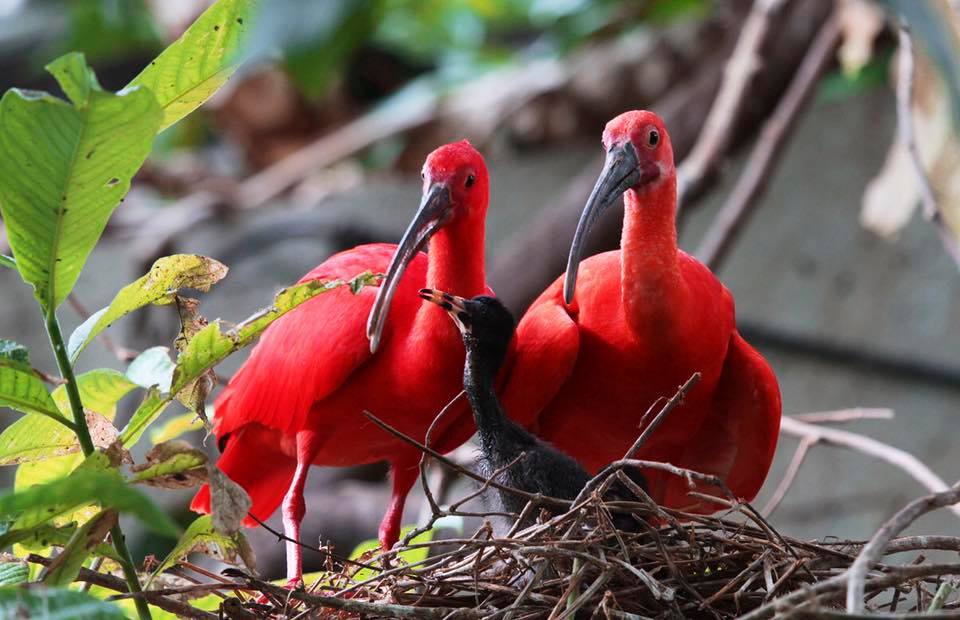
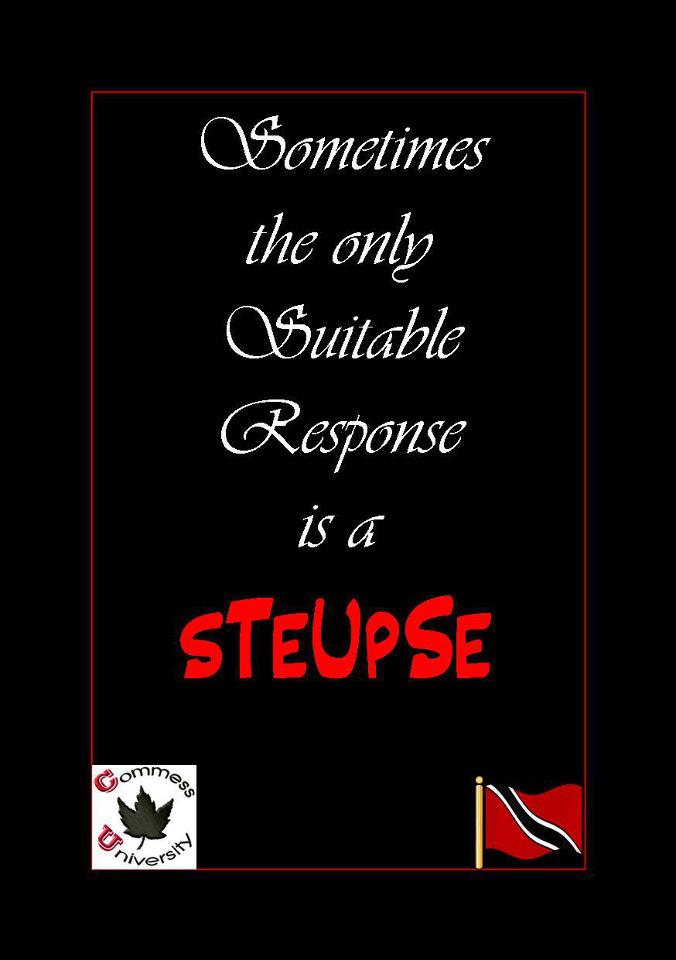
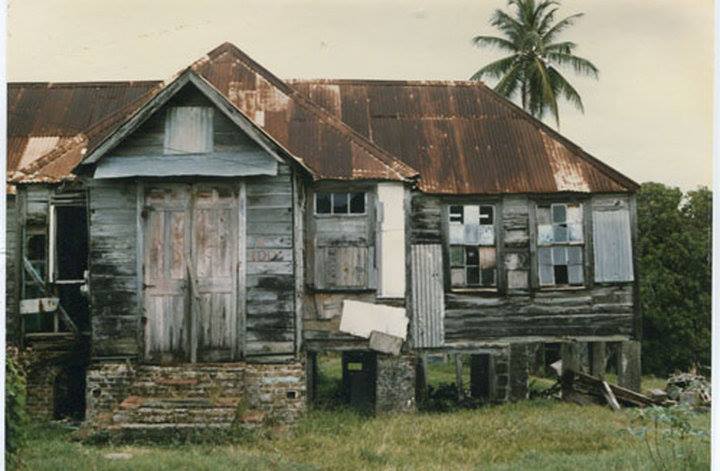
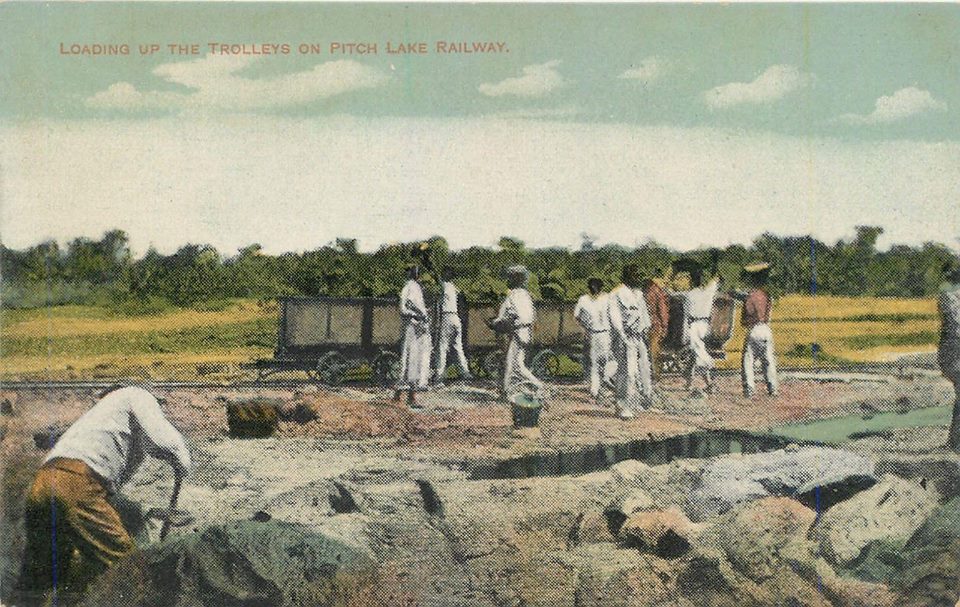

 RSS Feed
RSS Feed